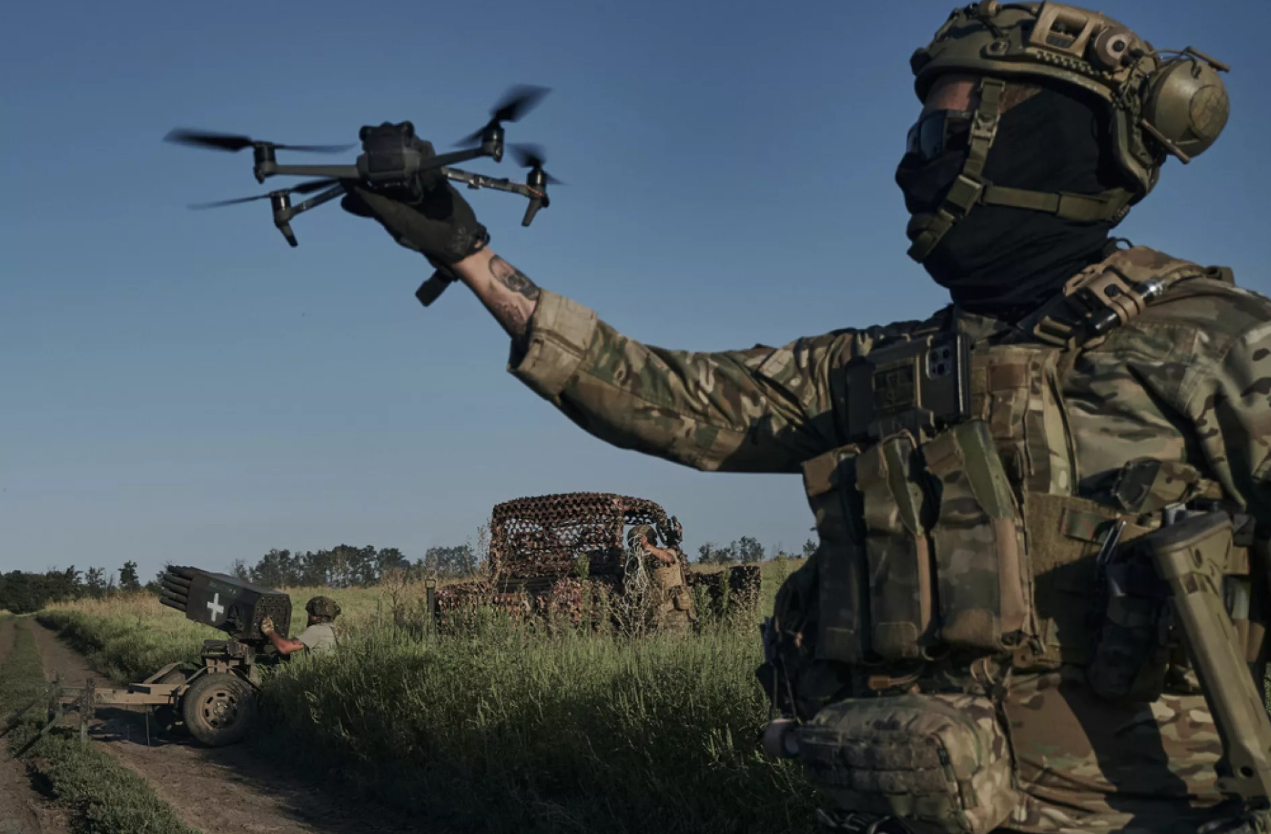Report on the Unexpected Effectiveness of Cold War Weaponry in the Ukraine Conflict (April 2025)
The ongoing conflict in Ukraine has delivered a stark and somewhat humbling lesson regarding the effectiveness of modern versus Cold War-era weapon systems. While much anticipation surrounded the deployment of cutting-edge Western technology, the reality on the ground reveals a surprising narrative: many Cold War weapon systems are not only holding their own, but in several key areas, are demonstrably outperforming their newer, more sophisticated counterparts. This report analyzes the performance of key Western weapon systems, highlighting the unexpected successes of older designs and the notable struggles faced by some modern platforms.
The Unexpected Resilience of Cold War Classics:
The star performer in this unexpected resurgence is undoubtedly the Gepard anti-aircraft tank. This Cold War relic, based on the Leopard 1 chassis, has emerged as a triumphant asset for Ukrainian forces. Praised for its reliability, efficiency, and ease of maintenance, the Gepard has proven exceptionally effective against a critical and evolving threat: drones. Ukrainian soldiers themselves have lauded the Gepard as the “most popular, most efficient, and most reliable weapon system” from Germany, directly contrasting its performance with the struggles of the more modern Leopard 2. It has demonstrably outperformed advanced missile systems in cost-effectively neutralizing drone threats, becoming a cornerstone of Ukraine’s air defense. This success underscores the enduring relevance of well-designed, robust Cold War systems when adapted to modern battlefield challenges, particularly in countering asymmetric threats like drones.
Modern Systems Stumble: The Case of the Leopard 2 Tank:
In stark contrast to the Gepard’s success, the Leopard 2 main battle tank, a symbol of modern armored warfare, has faced a disappointing and arguably failing campaign in Ukraine. Despite being touted as a superior tank, the Leopard 2 has suffered significant losses, with reports indicating at least 43 tanks destroyed by September 2024 – a substantial portion of those supplied. Ukrainian soldiers have expressed frustration, labeling it “too expensive” and “hard to repair,” highlighting critical maintenance issues that hinder its operational effectiveness. Furthermore, it has proven surprisingly vulnerable to contemporary threats, particularly Russian FPV drones, which have reportedly accounted for a significant number of Leopard 2 destructions. This performance reveals a critical vulnerability of even advanced modern systems in the face of evolving, low-cost threats and highlights the importance of battlefield adaptability and logistical robustness, areas where the Leopard 2 has seemingly fallen short.
Mixed Fortunes for Modernized Cold War Designs: The F-16 Fighter Jet:
The F-16 fighter jet, while a Cold War design, represents a heavily modernized platform and presents a more nuanced picture. It has demonstrated pockets of success, with reports of Ukrainian pilots achieving impressive feats like shooting down six missiles in a single mission. The F-16 is undoubtedly contributing to the modernization of Ukraine’s air force and offers a significant upgrade from older Soviet-era aircraft. However, its overall impact remains limited and constrained. Significant logistical hurdles, including the need for extensive support infrastructure and specialized training, are hindering its full potential. Furthermore, the delivery of older F-16 models and the time required for integration mean its transformative effect on the conflict is still not fully realized and may be less impactful than initially hoped. While valuable, the F-16’s performance highlights that even modernized Cold War designs face limitations in altering the fundamental dynamics of a conflict dominated by ground warfare and evolving air defense tactics.
Acknowledging the Vital Role of New Systems:
It is crucial to acknowledge that this analysis does not suggest that all Cold War systems are superior, nor that all modern systems are failures. Many new weapon systems are undoubtedly vital to Ukraine’s defense and offer capabilities that older systems simply cannot match. Modern precision munitions, advanced reconnaissance technologies, and sophisticated communication networks, for example, are essential components of modern warfare and play critical roles in the conflict. However, the experiences in Ukraine underscore that “new” does not automatically equate to “better,”and that battlefield effectiveness is a complex equation involving factors beyond just technological sophistication.
Conclusion: Context and Adaptability Trump Pure Modernity:
The performance of Western weapon systems in Ukraine reveals a critical lesson: the effectiveness of a weapon system is highly context-dependent. The Gepard’s success demonstrates that well-designed Cold War systems, particularly when upgraded and strategically deployed, can be remarkably effective against modern threats. Conversely, the struggles of the Leopard 2 highlight that even advanced modern systems can be vulnerable and face significant limitations when confronted with evolving battlefield realities, logistical challenges, and cost-effective asymmetric threats.
This analysis emphasizes the need for a balanced approach to military procurement and strategy. While embracing technological advancements remains crucial, overlooking the enduring value of robust, adaptable, and easily maintainable systems, even those of Cold War origin, would be a strategic misstep. The Ukraine conflict serves as a potent reminder that battlefield success hinges not solely on having the newest technology, but on having the right technology, effectively deployed and supported, to meet the specific challenges of the operational environment. The surprising triumphs of Cold War weaponry in Ukraine demand a re-evaluation of conventional wisdom and a deeper understanding of the complex interplay between technology, battlefield context, and the enduring principles of effective warfare.
Disclaimer: Important Legal and Regulatory Information
This report is for informational purposes only and should not be construed as financial, investment, legal, tax, or professional advice. The views expressed are purely analytical in nature and do not constitute financial guidance, investment recommendations, or a solicitation to buy, sell, or hold any financial instrument, including but not limited to commodities, securities, derivatives, or cryptocurrencies. No part of this publication should be relied upon for financial or investment decisions, and readers should consult a qualified financial advisor or regulated professional before making any decisions. Bretalon LTD is not authorized or regulated by the UK Financial Conduct Authority (FCA) or any other regulatory body and does not conduct activities requiring authorization under the Financial Services and Markets Act 2000 (FSMA), the FCA Handbook, or any equivalent legislation. We do not provide financial intermediation, investment services or portfolio management services. Any references to market conditions, asset performance, or financial trends are purely informational and nothing in this report should be interpreted as an offer, inducement, invitation, or recommendation to engage in any investment activity or transaction. Bretalon LTD and its affiliates accept no liability for any direct, indirect, incidental, consequential, or punitive damages arising from the use of, reliance on, or inability to use this report. No fiduciary duty, client-advisor relationship, or obligation is formed by accessing this publication, and the information herein is subject to change at any time without notice. External links and references included are for informational purposes only, and Bretalon LTD is not responsible for the content, accuracy, or availability of third-party sources. This report is the intellectual property of Bretalon LTD, and unauthorized reproduction, distribution, modification, resale, or commercial use is strictly prohibited. Limited personal, non-commercial use is permitted, but any unauthorized modifications or attributions are expressly forbidden. By accessing this report, you acknowledge and agree to these terms-if you do not accept them, you should disregard this publication in its entirety.



